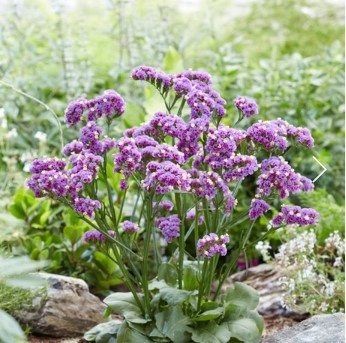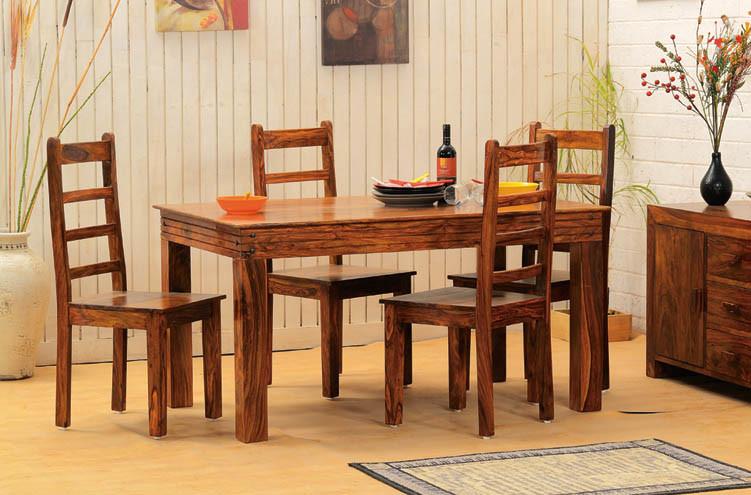Plants in nature form an extraordinary variety that most people are not aware of. The plant named Limonium Sinzee emerges with its extraordinary name and visually striking form among other species. Florists, along with botanists and gardeners, have recently begun to notice Limonium Sinzee due to its appeal, its flexible nature, and its unique origin. Knowledge about its botanical background and origin explains why more people find it attraction toward Limonium Sinzee.
Botanical Identity of Limonium sinuatum
This flower stands out due to its two distinctive characteristics, which set it apart from other plants. Its ability to survive various environmental factors is its first distinctive characteristic. Limonium Sinzee offers visual appeal that enhances both garden settings, floral designs, and outdoor landscaping elements.
Classification and Plant Family
Limonium Sinzee categorizes under the Plumbaginaceae group, among other flowering species grouped as sea lavenders or statice. The family contains approximately 20 genera, along with more than 800 species, all of which grow mostly in salt or coastal regions. Limonium Sinzee generates popularity within its category, despite its lesser-known documentation, because it produces sturdy stems that support its small, papery flower clusters.
Floral creations of these species maintain their delicate appearance while demonstrating excellent preservation quality. These flowers resist rapid deterioration, making them a great choice for landscaping and dried flower arrangements. Those qualities make Limonium Sinzee a favored choice for both florists and decorative designers.
Morphological Features
The plant bears tiny flowers that come in only pale lavender, white, or pale pink color schemes. Each blossom spray develops as a rounded cluster, supported by a firm stem that generates additional height. The leaves grow sparsely on the ground, as they remain hidden among the flower blooms. The small proportion of leaves to flowers creates a smooth appearance that defines Limonium Sinzee.
Plant growth depends on the specific region in which they grow, as well as the quality of the surrounding soil. The plant population consists of small-scale specimens and larger specimens that grow to exceed one foot in height. The plant exhibits flexible growth, which works well in wildflower meadows, garden borders, and container gardens.
Natural Habitat and Growing Conditions
Limonium Sinzee performs its best growth in sandy or well-drained soils when exposed to sufficient sunlight. The plant survives exposure to salt-laden air and dry climates, which are common in coastal and arid regions. Different microclimates and care factors determine which of the 5 to 9 USDA zones will be suitable for the plant.
After it was established, the plant requires only minimal water for maintenance. The growth of plants may suffer, or disease can develop when the roots die due to excessive water. The plant develops its seasonal flowers every year after occasional pruning and receives adequate sunlight exposure. Limiomin Sinzee remains popular because it needs little care in addition to its attractive aesthetic appeal.
Origins and Global Presence
The origins of Limonium Sinzee are scantily documented in botanical publications, although researchers indicate that this plant emerged in Asian lands with arid conditions. Cultivation approaches eventually transmitted the plant from its origin land to both North America and European areas. The plant found its highest application in floral design because of its luxurious textures combined with serene yet vibrant color schemes.
Many professional growers have developed various forms of Limonium Sinzee to make it suitable for commercial use. The worldwide presence of Limonium Sinzee has grown since awareness about the plant has increased alongside rising demand. The rising floricultural market leads to increased appearances of Limonium Sinzee in fresh and dried floral designs across international markets.
Uses Beyond Aesthetics
The decorative flower Limonium Sinuatum appears regularly in arrangements of bouquets, along with wreaths and dried floral compositions. The long production time of this plant keeps home decorations looking fresh for a long time after they are cut. Limonium Sinzee has become an event planner and home decorator favorite because it creates lasting decorations.
Limonium flower species serve as cultural symbols that represent expressions of sympathy and memory. The deep emotional association gives these flowers special symbolism in all memorial events and ceremonies. Some communities consider this plant to distribute peaceful energy, so it becomes an attractive element in wellness zones and meditation areas.
The plant serves its main purpose as a decorative plant, yet it also has potential ecological value. Nutrient-rich flowers on this plant serve as an important attractor for pollinators, helping to promote biodiversity growth in gardens. Limonium Sinzee’s sturdy stems enhance natural land stability in sandy conditions, which becomes another beneficial characteristic of its overall ecosystem.
Cultivation Tips for Gardeners
The successful cultivation of Limonium Sinzee requires high-quality seeds and nursery plants to be purchased initially. Sowing seeds should take place in early spring, once the frost danger has passed. The germination process for seeds typically lasts between 14 days and 28 days. Strong seedlings should be transitioned to a sunny outdoor environment with either dry or slightly moist soil.
Plants cultivated at 10 to 12 inches apart from one another will establish the proper space needed for development. Throwing away faded flowers allows new blooms to emerge while directing the plant’s energy towards strong growth. Regular checks for the presence of aphids and spider mites maintain plant health throughout the life cycle. However, pests remain scarce.
Conclusion
Plants that excel in multiple characteristics of beauty and simple upkeep win permanent acclaim from botanists in plant communities. Limioum Sinzee stands out because of its refined flowers, along with its adaptable growth patterns and its connection to cultural practices. The discovery of this exceptional species by more people will increase its dual value as both an ornamental and ecological asset. Melencarti makes the ideal choice for a strong, elegant plant that retains its charm through its subtle appearance.














